Why walking barefoot like Drew Barrymore is actually good for you
After the actress went barefoot and braless for a walk in New York City, we look at the health benefits of baring your soles
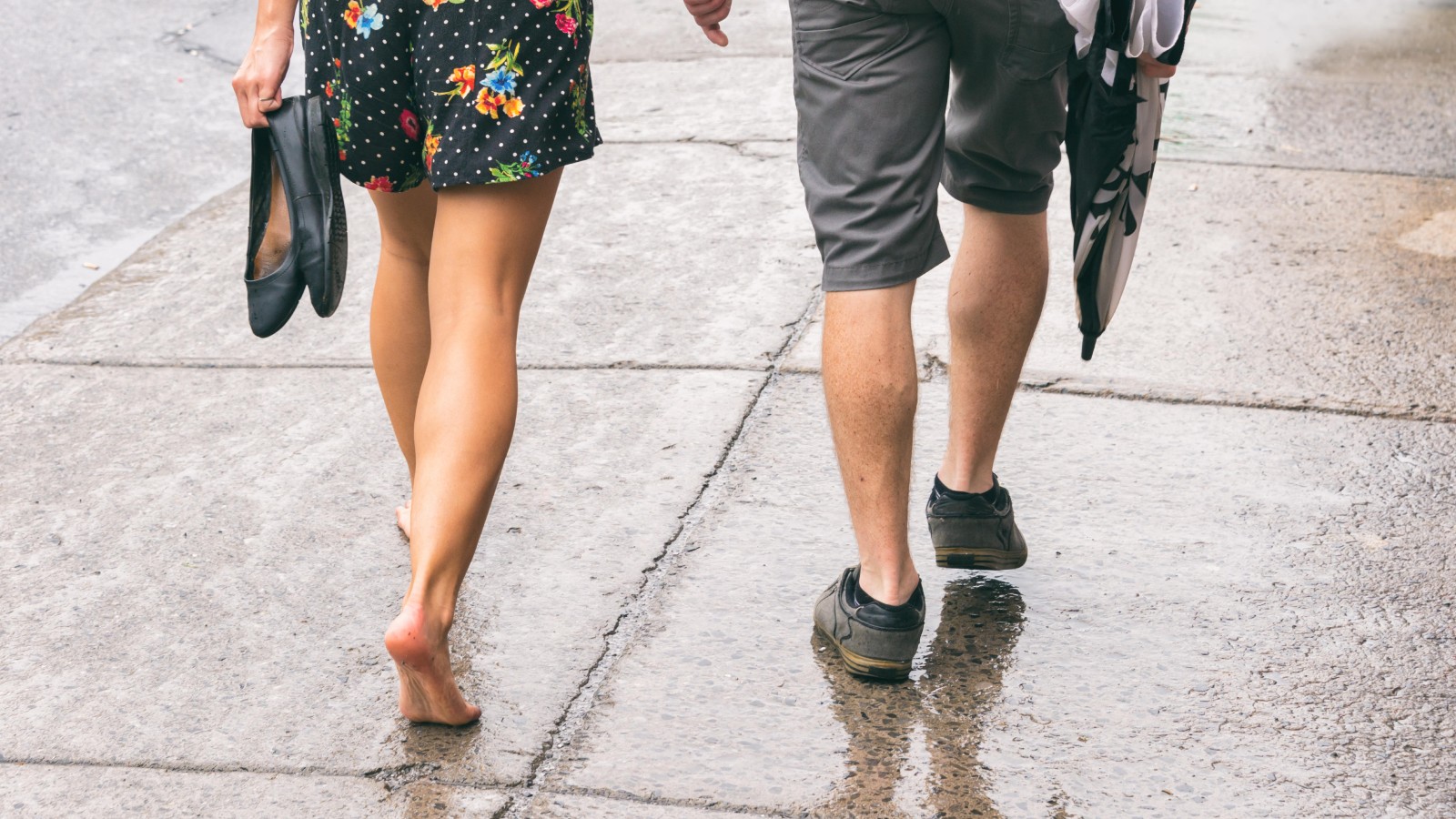

Drew Barrymore decided to ditch her shoes and her bra before going on a walk in New York City. And while many of us squirmed in horror at the thought of her standing on broken glass or stubbing her toes on the sidewalk, there are actually some health benefits - for the mind and body and soles - to be had by going shoeless.
Drew, 46, recently opened up about her time in a psych ward when she was a teenager and spoke of having reconciled with her mom after years of estrangement as they both now have "respect and maturity." But while seeing Drew walk shoeless takes us back to those carefree childhood days, we look at the health benefits.
And while best running shoes for women and even the best walking shoes we own, have a built-in support to cushion your feet as you walk, they can also prevent you from using certain muscle groups that can actually strengthen your body, according to Dr. Bruce Pinker, board-certified podiatrist and foot surgeon.
So it could be worth trying it out. Although if you're too nervous to let your actual skin touch the ground then you could wear one of the best walking socks to keep you a bit more comfortable.
Dr. Jonathan Kaplan, foot and ankle specialist and orthopaedic surgeon with Hoag Orthopaedic Institute, explained to Healthline, "The most straightforward benefit to barefoot walking is that in theory, walking barefoot more closely restores our ‘natural’ walking pattern, also known as our gait."
What are the health benefits of walking barefoot?
Improved balance
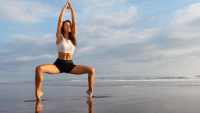
You get better control of your foot position when it strikes the ground and improvements in balance when your feet are bare.
And when you train barefoot, you enhance sensory stimulation, improve joint health, and optimize balance.
As a result, when you are more stable, you’re less likely to suffer injuries due to a fall.
Better movement
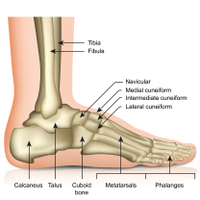
Going shoeless from time to time helps with the movement of your feet, which can, in turn, improve the mechanics of the hips, knees, and core.
Not only do you gain increased mobility but you will maintain an appropriate range of motion in your foot and ankle joints as well as adequate strength and stability within your muscles and ligaments
Stronger leg muscles
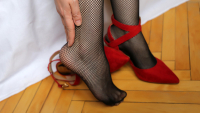
It's not only leg exercises or playing taking part in sports like hockey and ice skating that helps to strengthen your leg muscles.
Walking barefoot can make these muscles stronger too and also acts as pain relief from improperly fitting shoes, which may cause bunions, hammertoes, or other foot deformities.
Meanwhile, walking without shoes helps to strengthen your leg muscles, which support the lower back region.
What are the dangers of walking barefoot?
While walking barefoot around the house is relatively safe, outdoors opens up a whole range of potential risks that could pose a danger to your health.
Dr. Kaplan explained, “Without appropriate strength in the foot, you are at risk of having poor mechanics of walking, thereby increasing your risk for injury." So it's important that you consider this when you’re beginning to incorporate barefoot walking after having spent most of your life in shoes.
Sign up for the woman&home newsletter
Sign up to our free daily email for the latest royal and entertainment news, interesting opinion, expert advice on styling and beauty trends, and no-nonsense guides to the health and wellness questions you want answered.
He also advised thinking about the surface being walked on. While it may be more natural to walk or exercise barefoot, without additional padding from shoes, you are susceptible to injury from the terrain (like rough or wet surfaces or issues with temperature, glass, or other sharp objects on the ground).
You also risk exposing your feet to harmful bacteria or infections when you walk barefoot, especially outside.
How to walk or exercise barefoot safely in 3 steps:
1. Start slow
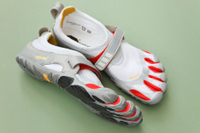
You need to be patient and start with short 15- to 20-minute sessions of walking barefoot. Kaplan says it’s vital that you allow your feet and ankles to adapt to the new environment. As your feet get used to walking without shoes, you can increase the distance and time.
While your feet are adjusting to less structure and padding from your shoes, you may want to consider using a minimalist shoe before going completely barefoot.
2. Try doing it indoors
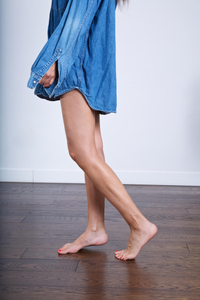
Before you hit the pavement running, it might be a good idea to let your bare feet get used to the safe surfaces in your house. Take advantage of activities that are already performed barefoot, like yoga, Pilates, or martial arts.
3. Practise outdoors on safe surfaces
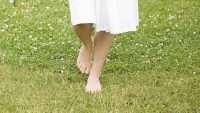
Once you’ve mastered the indoors, try walking on outside surfaces that are less dangerous, such as turf, rubber tracks, sandy beaches, and grass.
Start with simple balance exercises like standing on one foot or pressing yourself up onto your toes and lowering down slowly.
But ensure you check the bottom of your feet every day for injury, as many people experience a reduced sensation in their feet.
Selina is a Senior Entertainment Writer with more than 16 years of experience in newspapers and magazines. She has covered all things Entertainment for GoodtoKnow, Woman&Home and My Imperfect Life. She has also worked as Senior Family Writer for GoodtoKnow. Before joining Future Publishing, Selina graduated from the University of Sheffield in 2006 with a degree in Journalism. She is fully NCTJ and NCE qualified and has 100wpm shorthand.
-
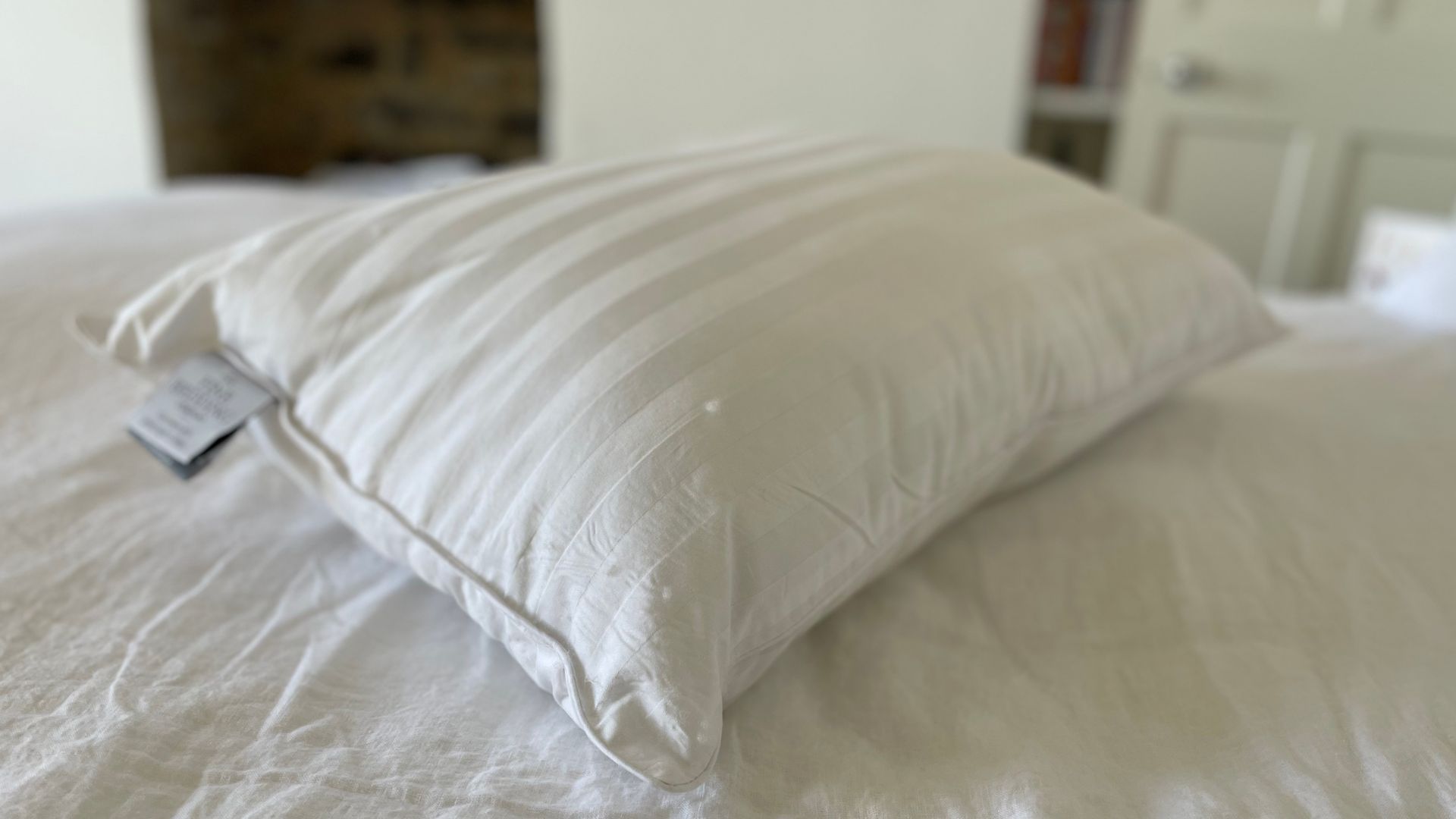 Is a silk pillow better than a silk pillowcase? I swapped mine out and saw some impressive results
Is a silk pillow better than a silk pillowcase? I swapped mine out and saw some impressive resultsI tested The Fine Bedding Company's Boutique Silk Pillow, which is designed for hair, skin, and cooler sleep. Is it worth switching out your silk pillowcase for?
By Laura Honey
-
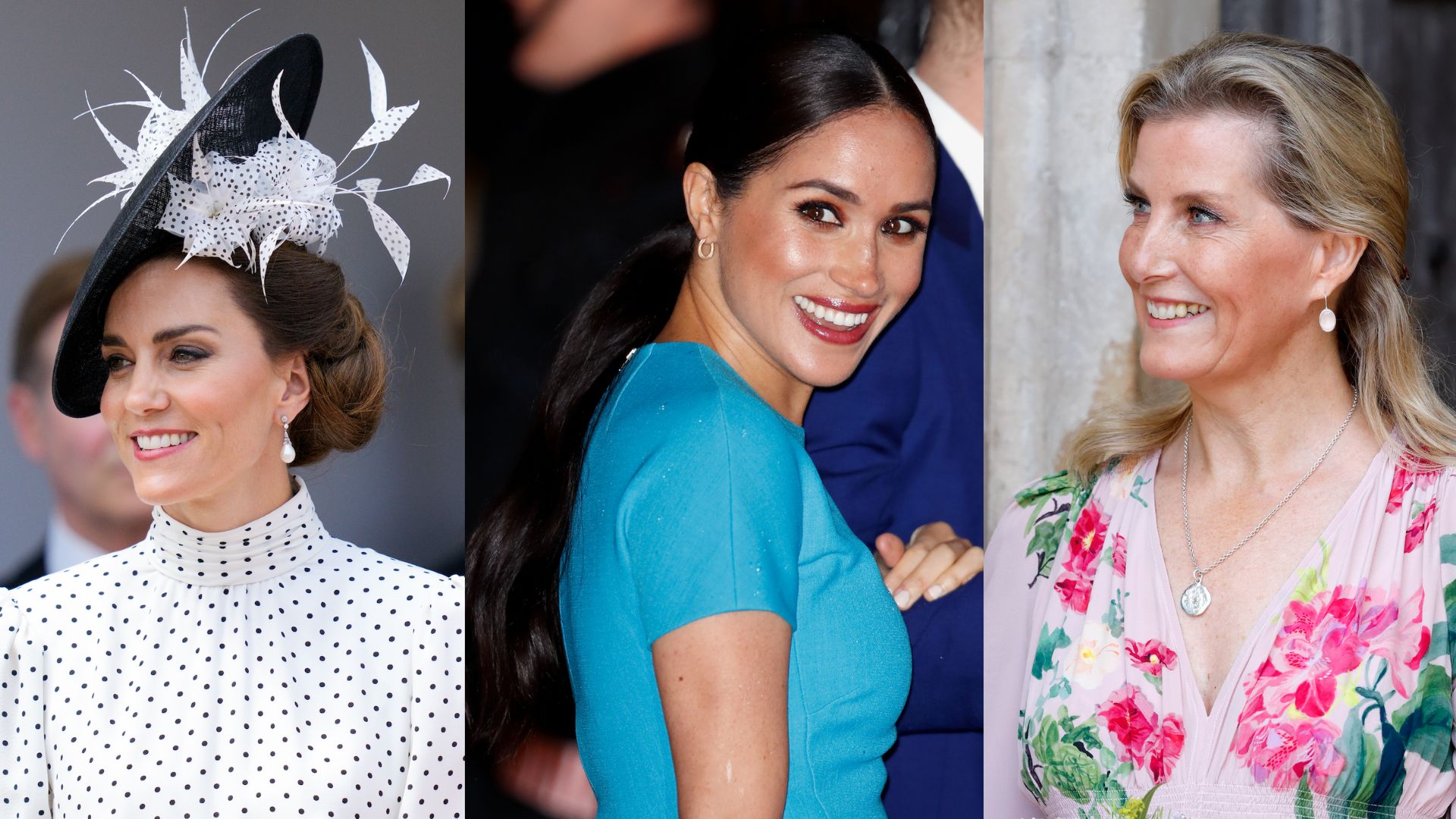 Our favourite royal updos, from Kate Middleton's twisted chignon to Meghan Markle's sleek ponytail
Our favourite royal updos, from Kate Middleton's twisted chignon to Meghan Markle's sleek ponytailWant to elevate your locks? Look to the royal ladies, who know how to elevate the humble updo into something seriously regal
By Lauren Clark